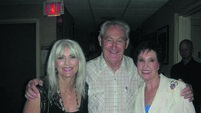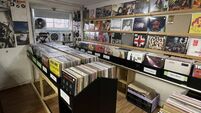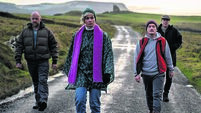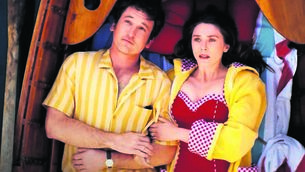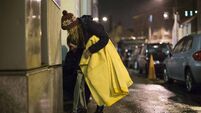‘Greatest Night in Pop’ is a captivating watch
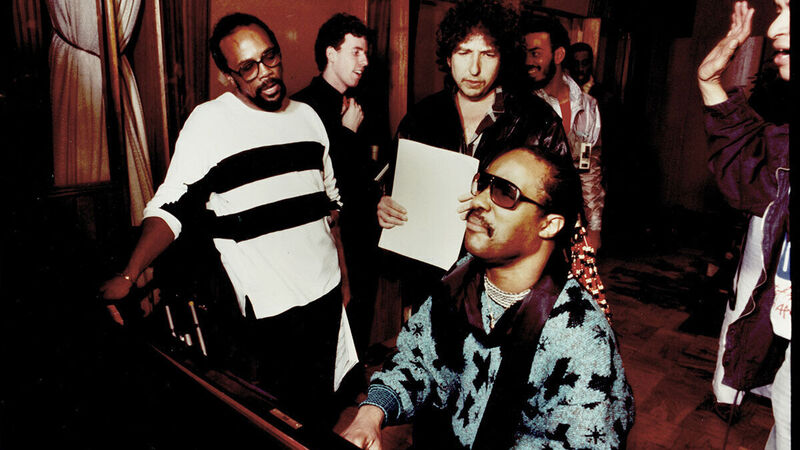
Stevie Wonder, Quincy Jones, and Bob Dylan recording ‘We Are the World’ in aid of Ethiopia in 1985.
The ‘Live-Aid’ concert followed later in 1985, and was pivotal, but even casual music fans will find ‘The Greatest Night in Pop’ a captivating watch.
Unlike Band-Aid, which was largely an all-white UK and Irish affair, the USA for Africa project had a musical backbone formed in the ‘Motor City’ of Detroit. Michael Jackson and Lionel Ritchie, both Motown legends and solo superstars, wrote the song, which was meant to feature Stevie Wonder, too. Stevie did play a crucial role in the recording, and he was joined by Motown legends Diana Ross and Smokey Robinson, while Tina Turner, Dionne Warwick, Ray Charles, and Al Jarreau were also featured heavily.
Iconic stars such as Bob Dylan, Bruce Springsteen, Willie Nelson, Cyndi Lauper, Paul Simon, Billy Joel, and many more great artists participated, while the legendary Quincy Jones was the obvious choice of producer to bring them all together in harmony. He was aided by his side-kick, Michael Omartian, on keys and arrangements. The original ‘We Are the World’ idea had been formulated by the late, great Harry Belafonte and fundraiser Ken Kragen, who both played a huge role in getting this ambitious project together.
Anyone who has ever worked with music artists in any setting will find ‘The Greatest Night in Pop’ fascinating. Quincy had taped a note to the studio wall, which said ‘Check your ego at the door’, but despite the successful results the long, overnight session in January 1985 became tense at times.
The footage is remarkable, especially since it wasn’t filmed surreptitiously on a camera phone. It’s clear that everyone involved knew even then that the assembling of such a big line-up was historic.
As we watch on in 2024, it’s engrossing to see the dynamics at play between artists who were then at their peak (MJ, Lionel, Bruce, Tina etc) and who were some of the legends of popular music (Bob, Stevie, Ray, Willie Nelson, etc). Without spoiling it, I’ll just say that there were some major moments of tension, as a bunch of tired superstars pulled an all-nighter directly after the American Music Awards Ceremony in Los Angeles. The sensitivity and skill employed by the fairly likeable Ritchie was evident, but nobody was better than Jones to oversee it all. He had worked with everyone from Sinatra to Jackson, and had decades of experience, not only conducting huge orchestras, but bringing them on tour, so he had seen it all before.
It makes for captivating viewing. Dylan would have been used to a more intimate studio setting, and it must have been intimidating singing in the prescence of Stevie and Michael. And this is Bob Dylan, one of the most important music artists of all time!
It all worked out, but you definitely get a sense in the American recording that some artists realised that accusations of self-indulgence would follow. These charity singles and events drew some cynicism and Live-Aid was built around a fairly established rock aristocracy that pretty much ignored not only African acts, but suitable non-white acts, too.
The ‘white saviour’ accusations were rejected by organiser Bob Geldof, but there was a certain degree of sanctimony about it, and some of the criticism was justifiable. USA for Africa was a fascinating project, and this documentary is well worth checking out.
